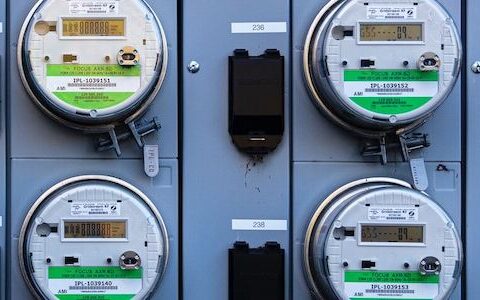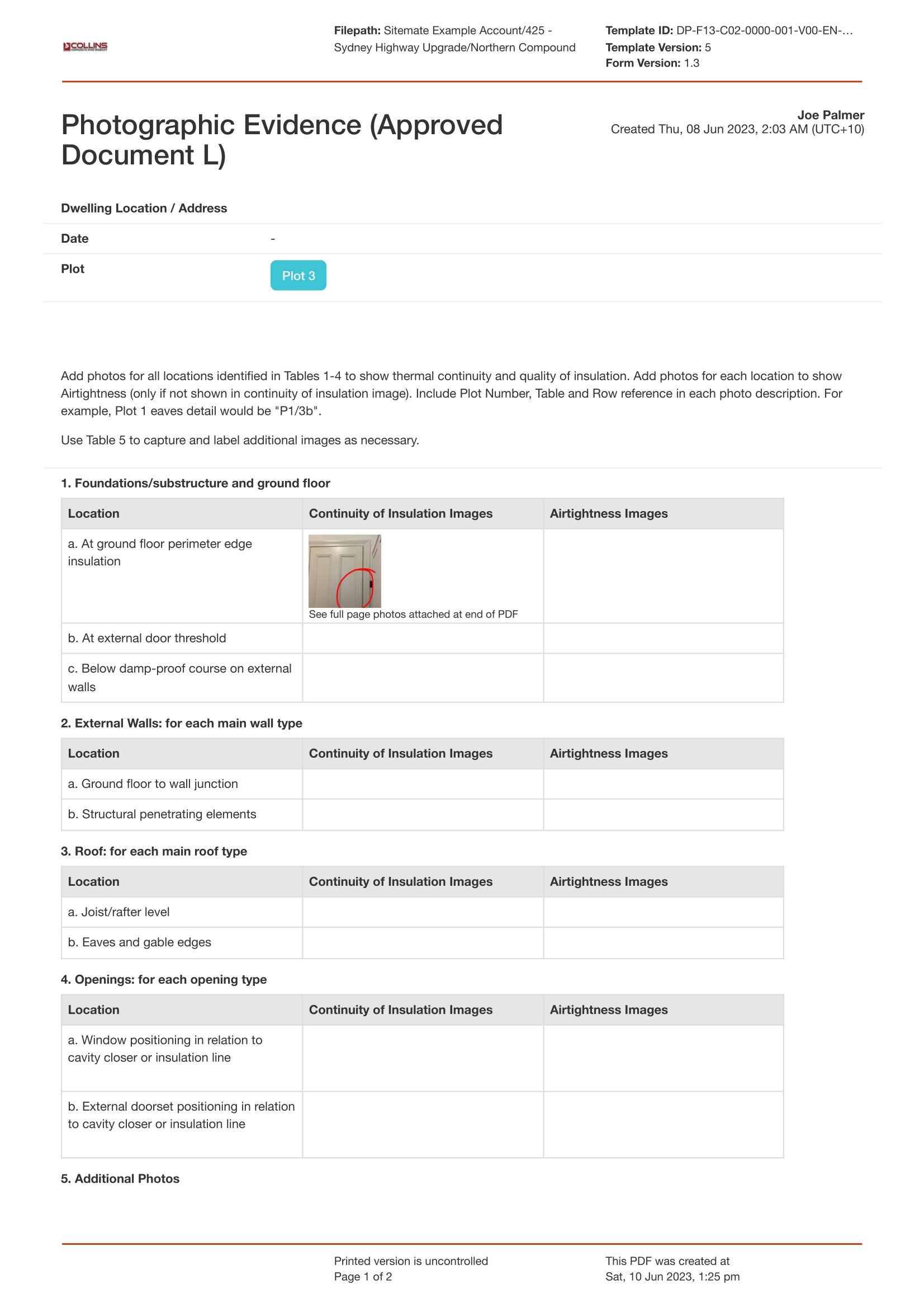Dashpivot article page – Part L metering requirements
Part L Metering Requirements
In this article, let's discuss Part L metering requirements, its benefits, and how to properly document and report your organisation's metering data for better Part L compliance.

What are Part L metering requirements
Accurate metering is proof that the heating, cooling, ventilation, and lighting systems of a building are operational and compliant with the guidelines provided in Part L regulations. It helps builders, developers, and Building Control bodies verify that the building meets the targets for carbon dioxide emissions and standards for energy efficiency.
Quantifying the data ensures that the total energy consumption, carbon dioxide emissions, heat losses, air leakages, internal and external temperatures, and many more are carefully monitored, managed, and optimised.
Importance & Benefits of Metering for Part L Compliance
Being able to read real-time data on how and where energy usage occurs in the building allows owners, facility managers, and occupants to see which areas consume the highest energy, patterns of occupants of energy use, and detect which areas consume wasteful energy.
This will help owners perform immediate corrective actions to lower energy consumption and costs, and relay energy consumption details to occupants for transparency. Facility managers are also able to monitor the performance of various systems in place within the building and ensure that they operate within the set standards of Part L. It makes it easier to perform inspections and maintenance checks with accurate data provided, given that calibrations are also regularly performed.
There are benefits in having access to energy data such as optimised energy management and cost savings, and in turn, carbon emissions reduction and enhanced building performance.
Metering Requirements for Part L
General Metering Requirements
Builders and owners must provide and install meters to read and monitor the energy use of water, gas, and electricity in the building. There should also be meters that track the energy consumption of heating, cooling, ventilation, lighting, and hot water systems. It’s not just enough to install, but they should be installed in accessible locations for occupants, inspectors, and maintenance crew. Only if applicable, it’s highly recommended to integrate meters with Building Management System (BMS) to monitor data in real-time and automate energy consumption management. Facility managers will have better control of building energy usage. It’s also important to take note that regular calibration of meters should be done to ensure all readings are accurate. Ensure that the metering systems are scalable as well in case for future building upgrades, renovations, or expansions.
Requirements for Non-Residential Buildings
Aside from the general requirements mentioned, large non-residential buildings like offices, factories, or schools are required to implement sub-metering and zonal metering for the different heating, cooling, ventilation, and lighting systems per section like zones, areas, floors, or departments. That means there are separate metering for the energy services and according to sections. This is so that building managers can track energy usage at peak and non-peak hours, being able to identify inefficient systems in each zone, to improve building overall performance, and optimise energy usage. Any advanced metering system should be able to track the demand and consumption trends, as not every part of the building will be occupied often.
Requirements for Metering at Residential Buildings
In addition to the general requirements, residential buildings must install smart meters that show real-time data on energy use, allow for remote access, and are compatible with Smart Grid systems for efficient energy distribution. Even if residential buildings are not equipped with smart meters, the standard meters are sufficient enough as long as they accurately track energy usage for heating systems and electrical consumption. It’s also essential that these meters are readily accessible by the occupants, inspectors, and maintenance crew. Meters installed should be simple to comprehend by the occupants for quick and easy energy management.
Documentation and Reporting of Metering Data for Part L Compliance
Building owners must have detailed records of meter specifications, installation details, location, system configuration, and calibration data to help with inspections and maintenance for audits and compliance purposes. Regular maintenance and calibration should be done to ensure that the data align with the certificates provided by the local authority or Building Control bodies like the Energy Performance Certificates (EPCs), Display Energy Certificates (DECs), and other certificates required for Part L compliance, meaning regular reports should be submitted to the authorities.

Capture metering data and other Part L information with this form
How to Ensure Your Meters Stay Compliant with Part L Using Digitised Forms?
Digitised forms enhance accuracy, efficiency, and transparency in your team making it much easier to comply with the Part L requirements. You can use standardised forms to collect data upon checking, inspection, maintenance or calibration and store those data in your database.
You can even collect meter specifications and system configuration details in the cloud so you don’t need to tediously run through physical papers. Collect meter installation details and calibration data by making your own document formats. Customise digitised forms like including fields specifically catering to your building’s system like including zone metering and submetering. Tailor your documents accordingly.
You can easily conduct data collection and inspections through your mobile and tablets and input data in real-time. You can attach photos and Part L photographic evidence of the post-installation with data like GPS, comments, tags, and markups. Even offline, you can still input data and it’ll be uploaded in your database once you're connected.
Easily create reports for audit and compliance by making use of the dashboards and charts that you can create easily from your data forms. Anyone that you give permission to the folders and files can have access to these documents and track their progress. Make informed decisions and implement corrective actions if the data being collected do not meet the Part L standards. You have mobile access and on-the-go tracking of all documents in your database.
You will never lose your documents with digitised forms. Easily submit reports to the local authority or to a Building Control body
Don’t lose your documents as you don’t need physical papers to hold anymore. You can easily submit your forms electronically to Building Control authorities to speed up the compliance process. Don’t miss deadlines by setting up alerts through digitised forms.

Inspection and Test Plan (ITP) template
No one plans to fail, they fail to plan. Ensure your projects are a success with this ITP.

Non-Conformance Report template
Document those painful non conformances with this powerful template.

Construction Punch List template
Punch your way through those punch lists with this powerful template.


